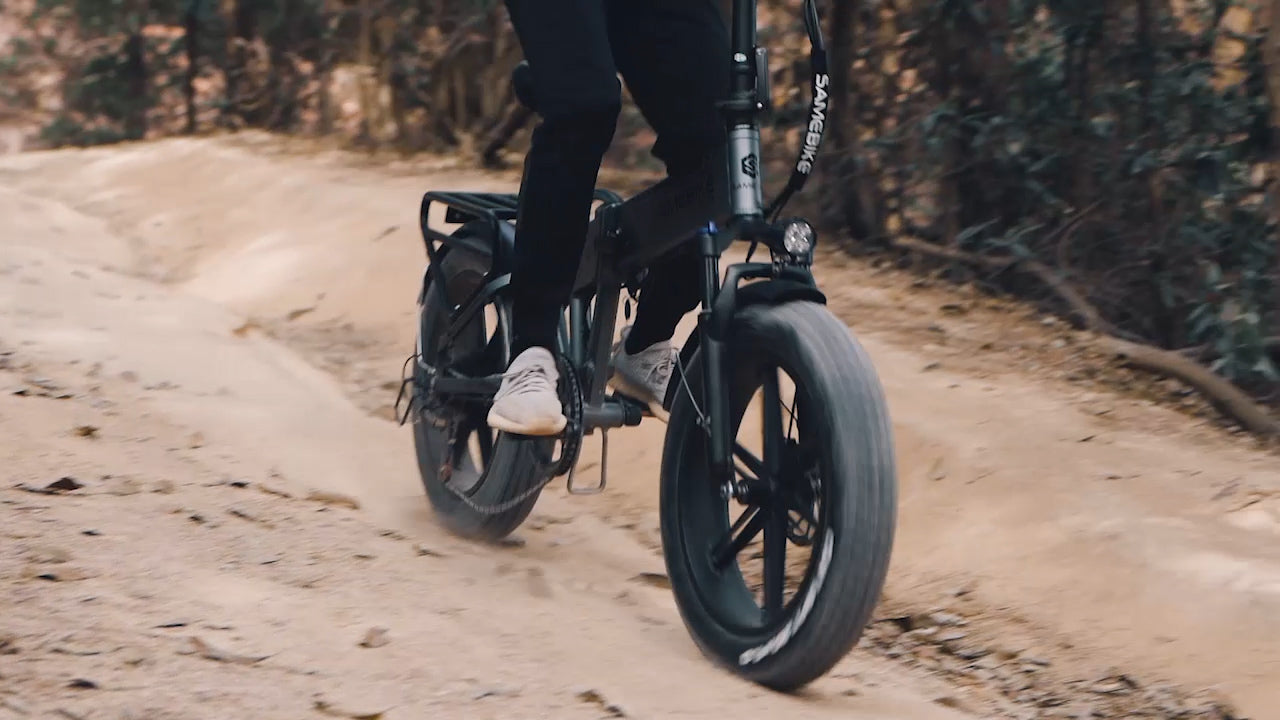
Beginner Tips to Help You Prepare for Longer Cycling
It's bike season now since the weather is getting warm and dry. It's time to prepare for your first long-distance bike riding beyond 60 miles. 60 miles is often a medium-term goal of people who have just sneak in the bike ride. However, the invention of electric bicycles can help you reaching longer distances easily, which means you're able to pay more attention to nature besides focus on your cycling goal. And benefit from the pedal assistant function, it's no more conflict between save energy to ride all day and the faster, the better.
Here are some simple tips to making the long rides more comfortable and joyful.
Choose a bike that fits for you
A short ride will be tolerable in most positions. Longer bike rides will highlight any biomechanical inefficiencies or poor postures. Think of it as a workstation assessment. You wouldn’t sit at a desk all day with the screen and chair at the wrong height.
Learn some advice about bike geometry can be helpful when comparing bikes. Something likes the seat tube length affects the angle you bow your knee and ankle, the reach distance affects the angle of your back, etc. A comprehensive bike fit should check all these things so is a great place to start.
Pre-training is also important
Of course, long bike rides do require a certain level of endurance, and it’s best to work on gradually building the distance and intensity of your rides. “Say your weekend ride is two hours. Over a period of eight weeks, add about a half-hour to each ride; in two months you’ll be ready for a century ride,” Stieda recommends.
And don't forget to strengthen your back. The reason is fairly simple. Often on our short rides, we still give our legs and the cardiovascular system a good workout but the postural stabilizers aren’t working for long enough to hit serious fatigue. When the rides get longer often your back muscles will start to hit exhaustion.
Prepare in advance and plan for trouble
Before setting off have a good look over your bike to make sure everything is in working order. Do the tires look ok, do they have any tears in them? How are the gears, are the chain or chainrings worn, and do they need replacing? Don’t skimp on having your bike immaculate, the chance of something going wrong with your equipment inevitably increases as you’re spending longer on the bike.
With longer rides come greater odds that something will go wrong. It’s likely your ride will be smooth sailing, but you should be prepared regardless. At a minimum, carry gear to fix at least two flats, a mini tool, your cell phone, your ID, and cash.
